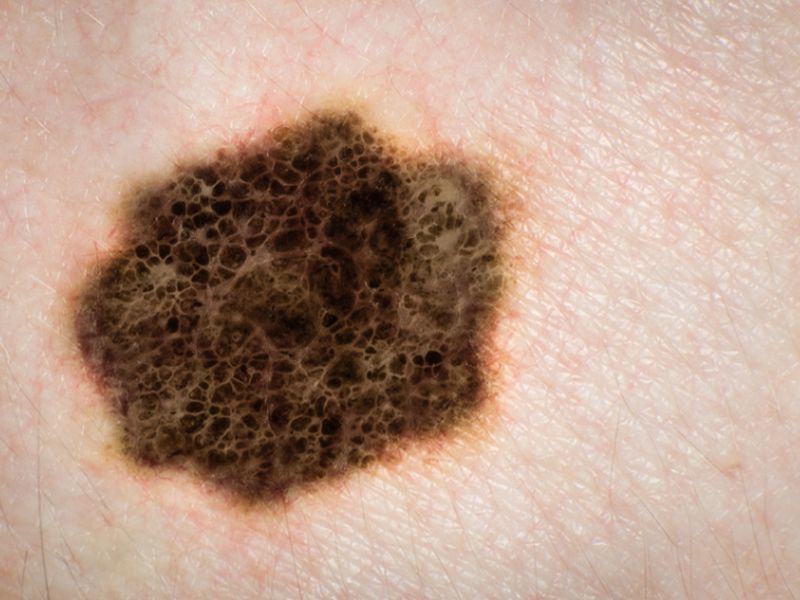Scientists create updated map of human brain
The Washington Post (7/20, Nutt) reports scientists have discovered many new areas of the brain by combining data from multiple brain imaging technologies, according to a study published in Nature. The scientists, led by Matthew Glasser and David Van Essen at Washington University, created a new map of the human brain that identifies 180 distinct areas, up from 83 that have previously been discovered.
In a front-page story, the New York Times (7/20, A1, Zimmer, Subscription Publication) reports researchers made the map with data from volunteers who had their brains scanned by different imaging technologies.
Reuters (7/20, Dunham) points out that the new map may lead researchers to new insights into many neurological and psychiatric conditions.
STAT (7/20, Thielking) reports the research is part of the broader Human Connectome Project, which is being funded by the National Institutes of Health with the aim of gaining a better understanding of the human brain.

